These days the Rover SD1 is a reasonably rare classic, beloved of car geeks who dwell resolutely in the past – something of a last hurrah for a great British marque that was unforgivably betrayed by British Leyland.
But back in 1976 when it was launched there was no place for retro-rumination. The reception was rapturous. Rover had, once again, come up with a luxury car that upper-middle England could be rightly proud of. It looked capable of stemming the rise of Mercedes-Benz and BMW in the sub-Jaguar marketplace. It would have been heresy not to have put your faith, plus about five grand, in this new British winner.

The typical, more mature Sloane Ranger of the period would certainly have felt bound by duty. The car gets a specific mention in the seminal Official Sloane Ranger Handbook by the sage Ann Barr and Peter York, and as the authors are generally fairly vague in their car approvals, this is quite the honour. “The Ford Granada estate – in the right colour – and the Rover 3500 hatchback are perfectly OK,” they advised in their 1982 posh lifestyle bible.
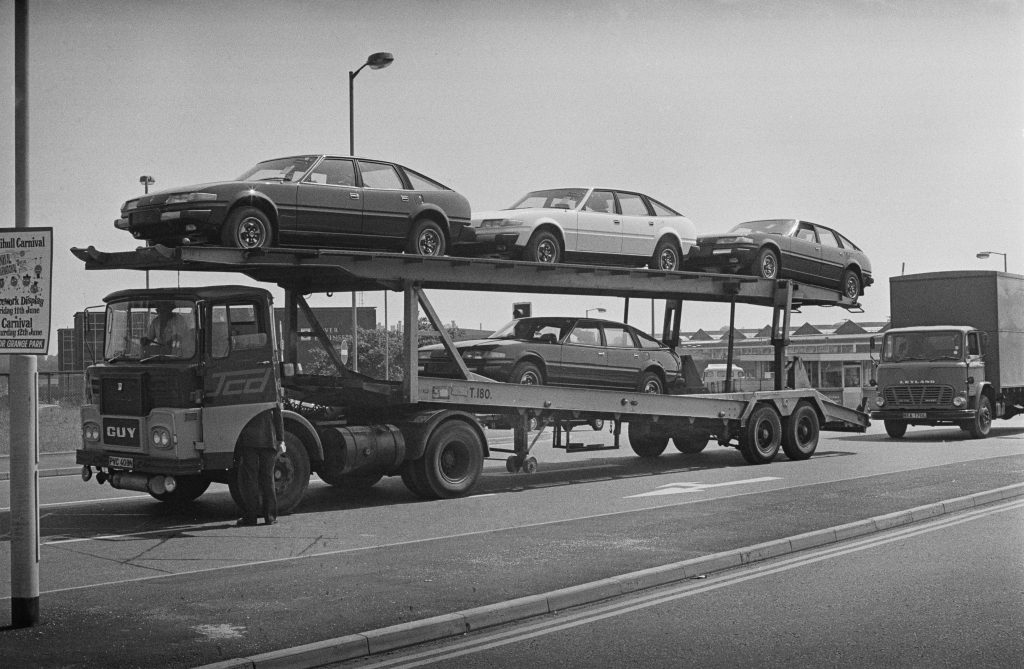
In that year, though, the fastback five-door underwent a comprehensive makeover to bring it up to Series II specification. It was a drastically needed overhaul because, over its first six years on sale, the big Rover had not exactly covered itself in true-blue glory. Its colour had indeed been one of its lesser problems, but a problem nonetheless. The Castle Bromwich factory that is today a Jaguar assembly plant was then a body-making facility serving both Rover and Jaguar.
For the SD1’s launch a brand new paint shop was installed there, yet despite costing a monster £15.5m there were endless quality issues with it, and at one stage it was only capable of turning out Jags and Rovers equally poorly painted in red, white and yellow, with no metallic possible at all for a short period as British Leyland grappled with teething problems and consistency issues.
Things did not improve greatly when the painted bodies reached the spanking new assembly lines at Solihull, where restive workers built cars that were full of annoying, enjoyment-sapping faults – unheard of on big Rovers of the past like the 3.5-litre P5Bs then still giving great service in the official Downing Street motorcade, and a car said to be The Queen’s personal favourite drive.
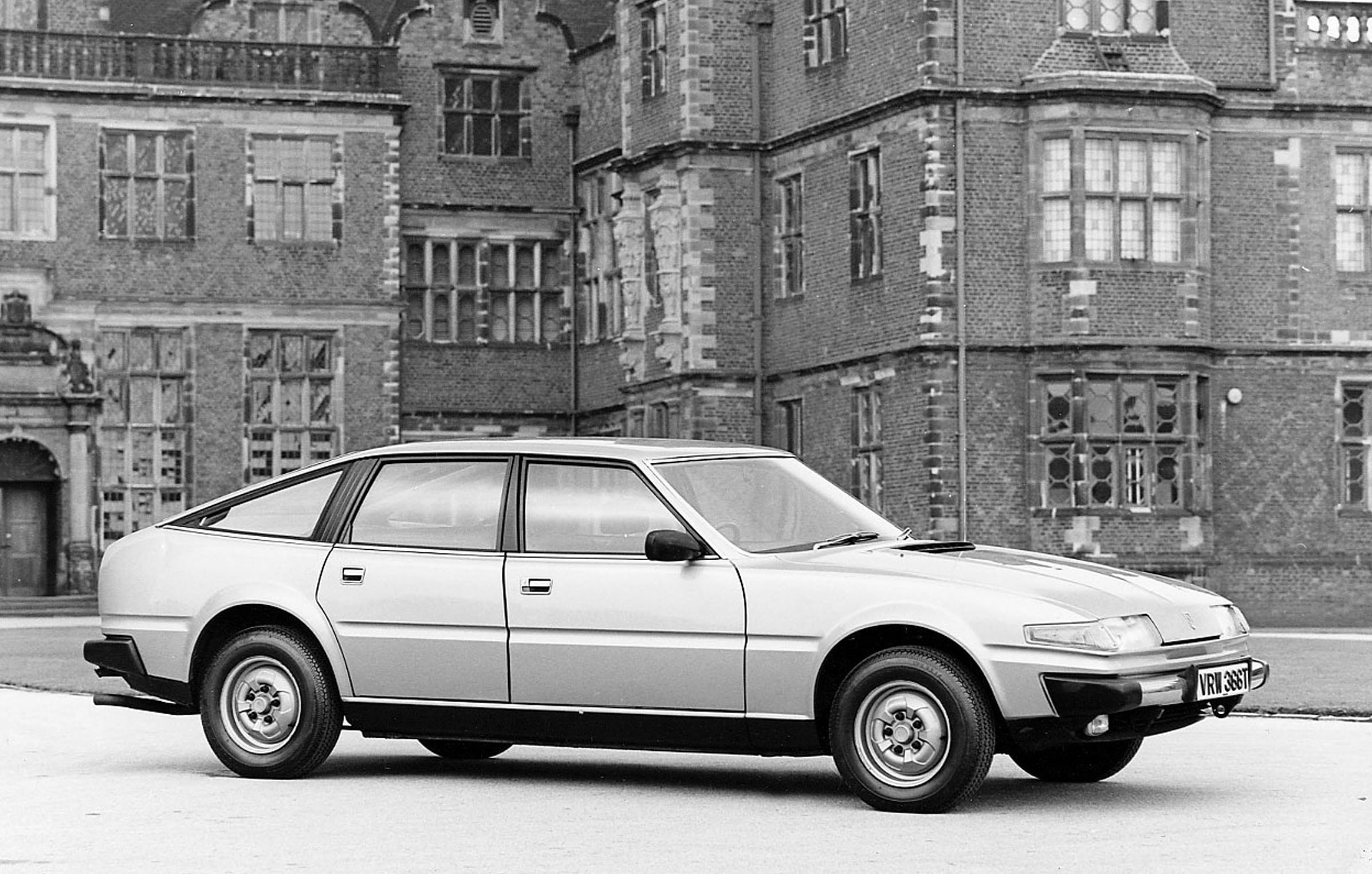
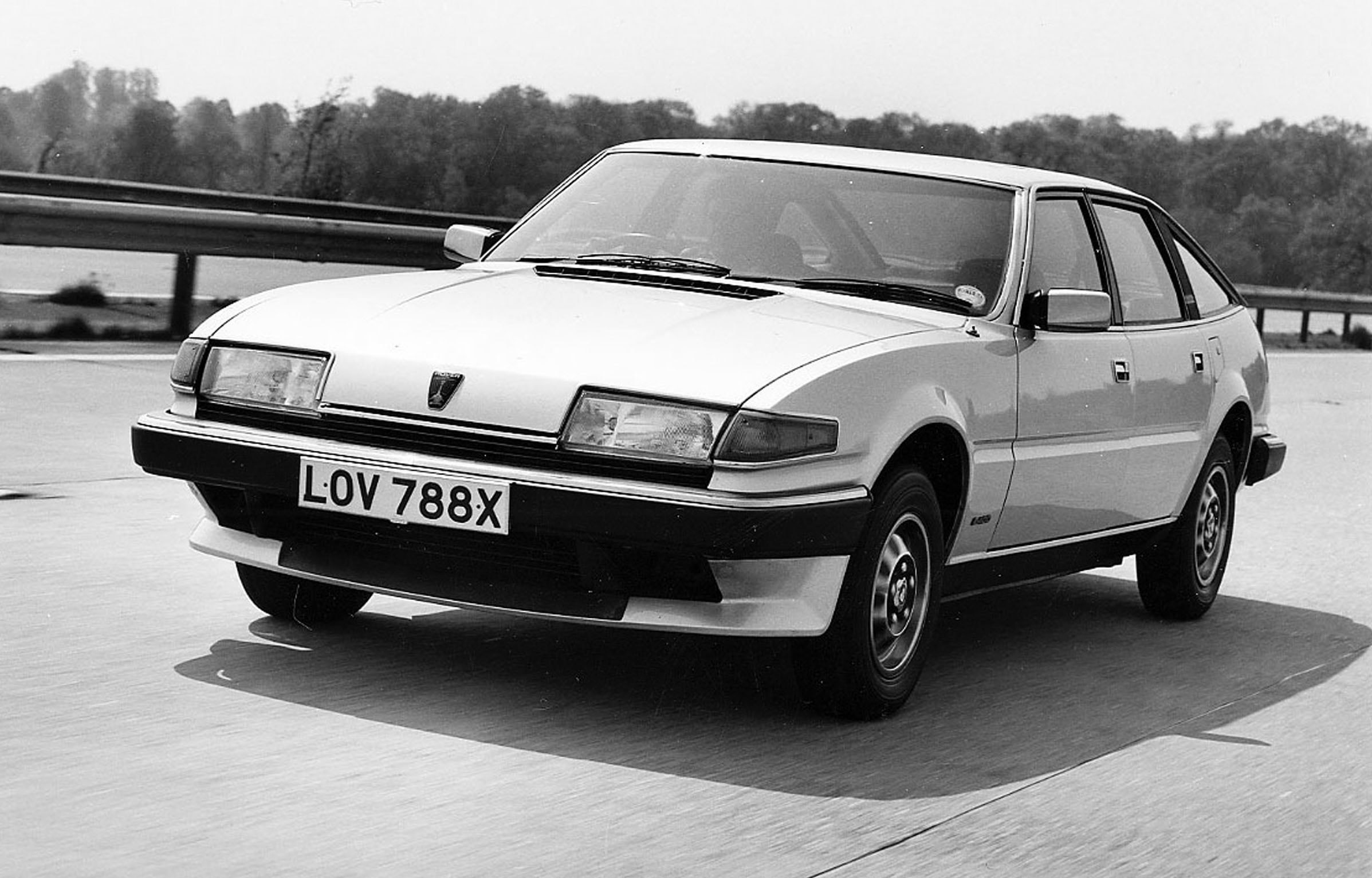
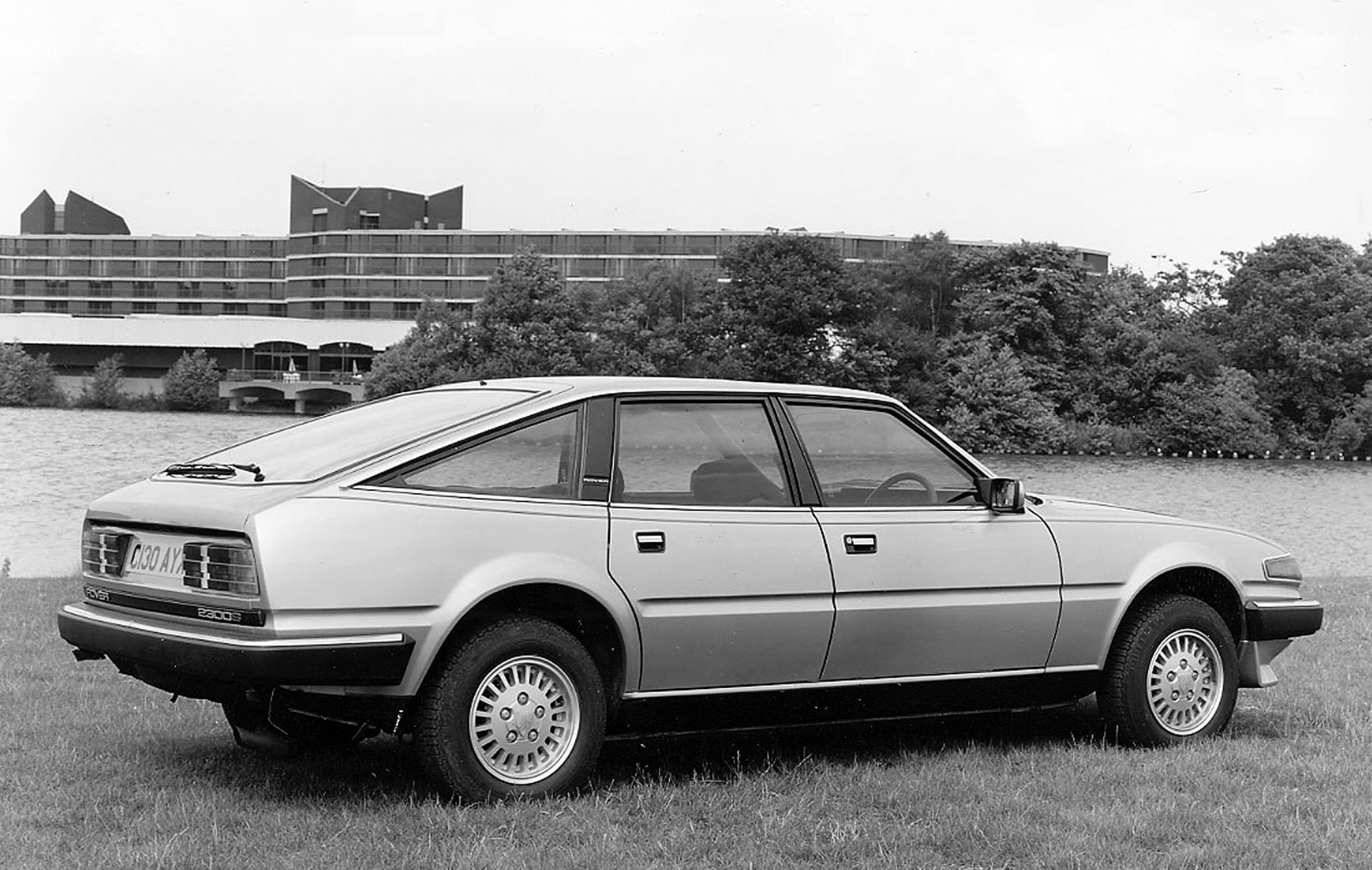
So whether you were a Sloane who was something in The City, a current or retired Army high-up, or a country landowner who should have valued the practicality and power of the big Rover, this motor car was a disappointment. It didn’t help that the car had been seen in a blaze of celebrity glory in ITV’s The New Avengers where that impeccably attired English gent John Steed (Patrick Macnee, with a little help from some stunt drivers) was shown handling the handsome car with aplomb.
Occasionally, though, one of the rare examples not built on a Friday afternoon slipped through the net, and when that happened the pride in driving the first model from British Leyland’s Specialist Division (hence SD1) would be immense.
The last all-new Rover saloon, the 1963 P6, had been a complex machine, with its Citroën-inspired separate base structure, unstressed bolt-on panels, and racing car-type De Dion rear suspension. It was impressive stuff, although research proved that technology for technology’s sake didn’t impress owners overmuch. They were more concerned about how the car performed every day, and one of the SD1’s main tenets was to be simpler but no less of a performer.
So it had a conventional structure and a live rear axle, with a huge amount of effort poured into refining that format, aided by the smooth and powerful 3.5-litre Rover all-aluminium V8 engine from the Range Rover, a brand-new five-speed gearbox as an option to an automatic, and superb power steering.
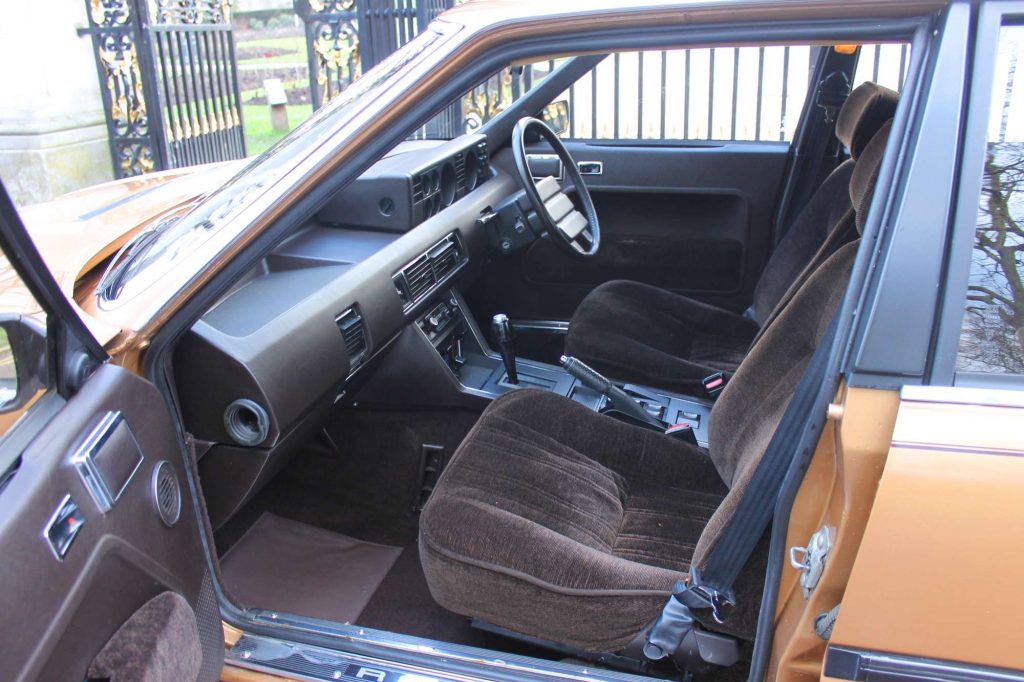
Its fastback styling – distinctive as a Lobb brogue – was the height of modernity, with a slinky frontal treatment paying homage to the Ferrari Daytona, and an overall profile inspired by Pininfarina’s acclaimed BMC 1800 concept car of 1968. The interior was a haven of crushed velour, with fresh air funnelled to the driver via a steering column vent through the spokes of the padded steering wheel, and all the instrumentation contained in a futuristic-looking, boxy module mounted on top of the dashboard itself.
The awards came thick and fast, including European Car Of The Year for 1976, while designers including Spen King and David Bache were bestowed with Midlander Of The Year medals for the prestige they brought to Solihull with the SD1.
You did see plenty of SD1s around SW1 in the late 1970s, some of them the smaller-engined 2300 and 2600 aimed more at bank managers than captains of commerce. There was a factory-provided police specification, too, often to be seen screaming along Knightsbridge and around the embassies of South Kensington. Yet although most of the quality gremlins were duly eradicated, the rectification came too late. Press-on Sloane Rangers in Margaret Thatcher’s early years in office threw aside their patriotism, and went for the BMW 5-Series or Saab 900 Turbo, or the Volvo 264 if they lacked a sense of humour.
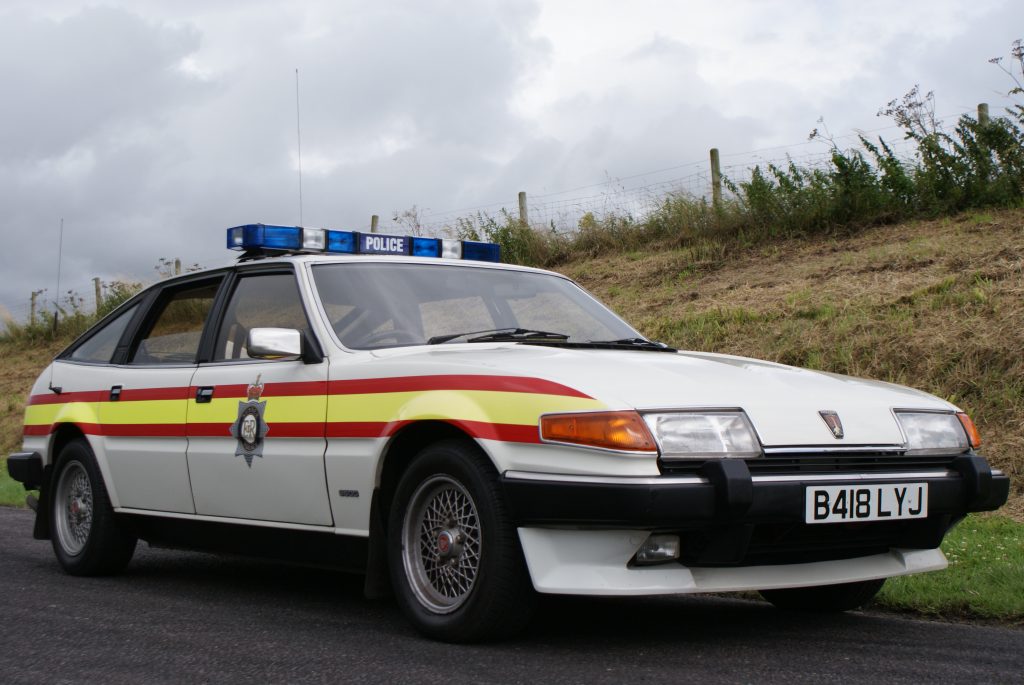
In Series II form, the Rover SD1 was finally a quite well sorted car, but in image terms the direction of travel was forking away from the smart set. The austere, four-cylinder Rover 2000 and turbodiesel 2400SD were decidedly non-U at Ascot and The Hurlingham, and the hairy Vitesse with its 190bhp, airdams, lurid decals and blue-collar appeal on the race track was becoming as naff as an evening at Stringfellows with those Page 3 girls one’s builder was so keen on.
Anyway, the new Audi 100 with its super-slick looks and tech was drawing the eye of even the most traditional of upper-class Brits. In Avant station wagon form it was soon the Sloaney car to have if you shuttled regularly between town and country, just so easy for the dogs to leap in and out of, which could never be said of the SD1’s high-up hatchback threshold.
And what, indeed, was the ‘right colour’ for a 3500? Of all the options on that severely limited initial palette, the Richelieu maroon or Caribbean blue were just about acceptable, even if the salesman at Dutton Forshaw was really rather keen you took one in Turmeric yellow.
Read more
The Handbook of Sloane Ranger Cars: Range Rover
Your Classics: Dr John Liverton’s Jaguar Mk II is perfect for the Le Mans run
Regal Rover 827 up for auction during the Queen’s Jubilee



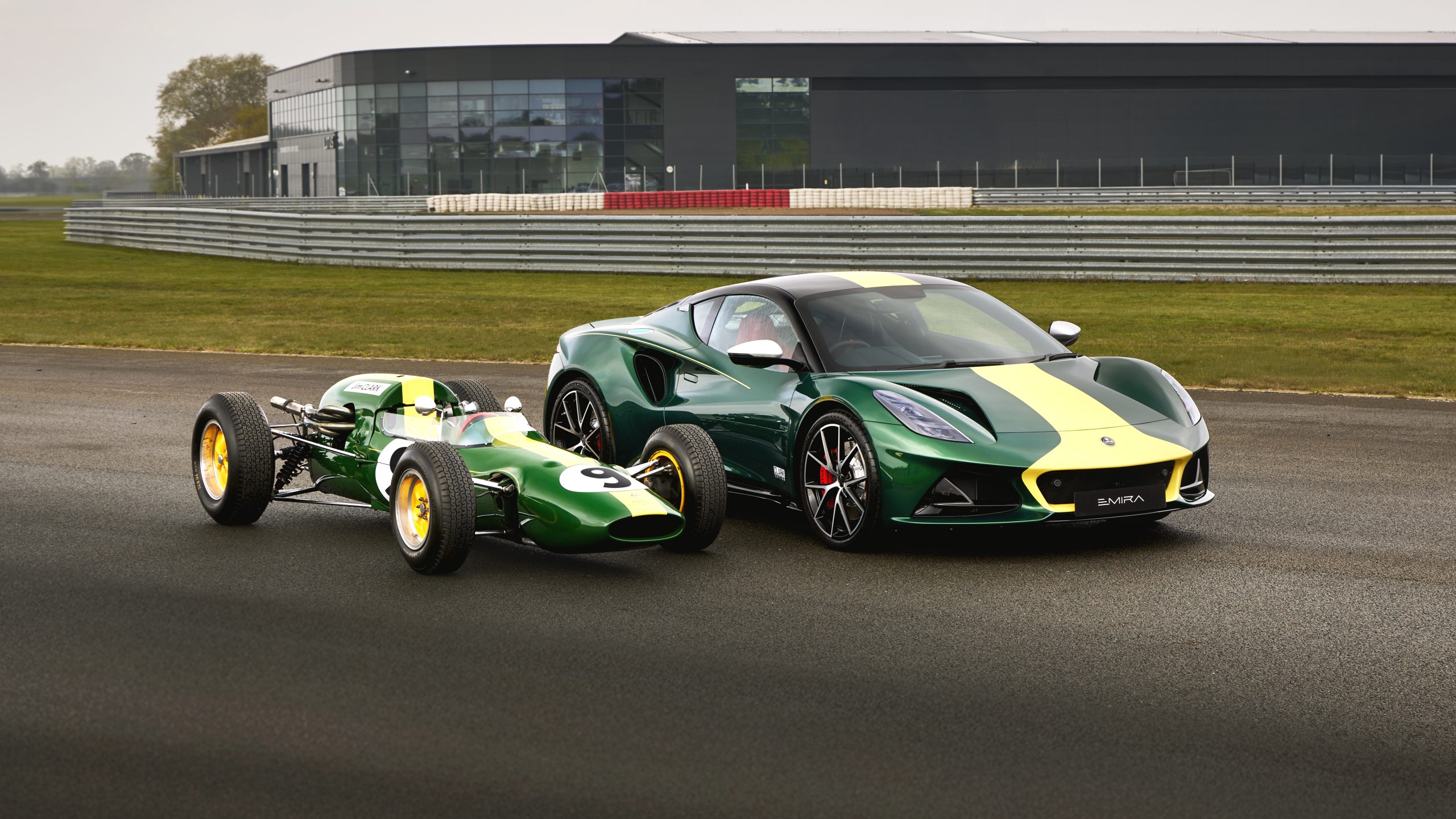
















With the advent of electric cars slabby dashboards like the Rover SD1s are becoming ever more common!
Brasilia Brown, another favourite colour. I know as my job at the BL distributor that I worked for was to order new cars from various BL factories. Pendelican White with Caviar trim, lovely! How about trying to sell a cancelled order for an 2600 SD1 that wasn’t fitted with power steering which was an option in the early days.
The colour of the SD1 in your picture is Bordeaux Red with Oatmeal trim. Bordeaux Red was also used on the Solihull built TR7 in it’s final factory of production.
Such a shame what a success this car could have been remember looking at brand new ones in Timberlakes Garage Wigan while still at secondary school
Beautifully described Giles. I feel the yearning returning. What a wonderful car it briefly was, despite the assembly line horrors.
Absolutely amazing car, so far ahead of it’s time. In some ways, maybe too far ?
The Electronic Control Module was one of the first fitted to a mass produced car, and unfortunately proved non to reliable.
I had two, an R reg’ V8 and a Vitesse on an A plate. Had little issues with rust or paintwork.
The interior was something to behold and would put many a modern ‘luxury’ car to shame.
RiP Rover …
When our Allegro was written off returning from holiday we bought a 5 year old 2600cc Series 1 and drove it for 100,000 miles including 4 holidays in the south of France, with absolutely no problems. It was a superb car to drive if you had a good one. it would cruise down the autoroutes all day at 85 mph. It also handled well for a large car when you reached the Alps and the 2,600 engine was as smooth as silk, easily matching the equivalent BMW of the time. We were clearly lucky to get a good one, judging from your comments about poor quality control and reliability. – Rubisouth
Built to save 10 pence wherever possible, make stuff out of plastic instead of metal, must have max profit for the share holders, then came the Japanese, where can we spend more money to make a better car, the total demise of the UK auto industry.
My dad owned one of the last 3500 Vanden Plas EFi models built in late 1985. It was stunning inside and out and the sound of the V8 was a thrill to hear. How I wish it had been retained rather than traded in for a dull but able Rover 216 in 1994.
Dad’s was Brasilia Brown, but in my mind’s eye Turmeric yellow was always preferred. Very reliable for our family and ahead of its time design-wise
I’m pleased to say I’ve previously owned a few SD1’s in V8 form back in the 80’s and even used one for competition sprints and hill climbs with some degree of success in class wins! Love them, especially the Vitesse, but those were out of reach at the time and are again now? Being in the motor trade and having modified my own SD1 for competition, I went on to specialise in uprating suspension, brakes and building performance Rover V8 engines. Those were the days!
The paint-shop for the Rover SD1 was in the Solihull plant (not at Castle Bromwich as stated in the article). Bodies were shipped from Castle Bromwich to Solihull unpainted.
That changed from 1982 (with the Series 2 cars) when body fabrication, painting and assembly all took place at Cowley.
Ik heb 7 Rovers gehad. Een van de laatste een 3500 Vitesse heeft me op elke hoek van de straat in de steek gelaten, telkenmale met hetzelfde mankement dat hier geen enkele dealer kon oplossen. In Engeland is hij nagezien en van toen af was hij gewoon perfect. Zo’n zalige auto kom ik nooit meer tegen!
[I’ve had 7 Rovers. One of the last, a 3500 Vitesse, has failed me on every street corner, each time with the same defect that no dealer here could fix. He was checked in England and from then on he was just perfect. I will never come across such a lovely car again!]
3.5 did not come from the range rover the 3.5 v8 came from the p5 and p6 rovers it was carried over .